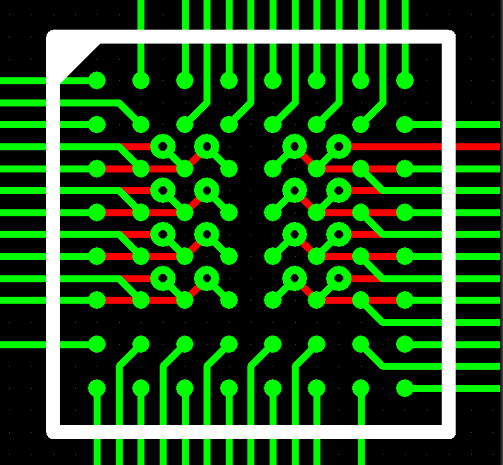Streamlining PCB Fab and Assembly for Efficient Production
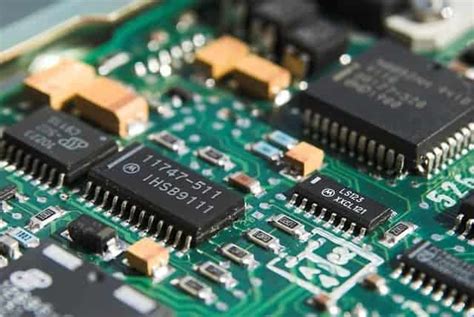
Key Takeaways
As the realm of PCB fabrication and assembly evolves, manufacturers are increasingly gravitating toward strategies that enhance the efficiency of production processes. The key takeaways from exploring this landscape often center around the importance of integrating innovative technologies within the PCBA workflow. For instance, automation in various stages of PCB assembly simplifies repetitive tasks, reducing time and error rates significantly. Moreover, employing advanced software tools for design and simulation ensures that potential issues are identified early in the production cycle, thus streamlining processes further. The adoption of lean manufacturing principles also plays a crucial role in minimizing waste and optimizing resource allocation. By focusing on collaborative efforts among teams, organizations can improve communication and efficiency across various stages of PCB fabrication. Ultimately, these strategies lead to shorter production timelines while enhancing product quality—crucial factors for competitiveness in the ever-demanding electronics market.
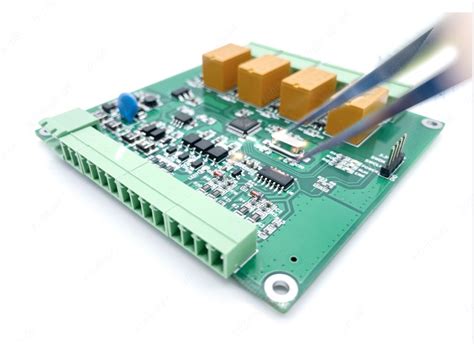
Introduction to PCB Fabrication and Assembly
The field of PCB fabrication and assembly is a cornerstone of modern electronics, connecting the design of electronic circuits to their physical realization. Understanding the intricate processes involved in creating printed circuit boards (PCBs) is essential for engineers and manufacturers alike. PCB assembly (often referred to as PCBA) involves integrating passive and active components onto a PCB, ensuring that the final product functions as intended. This process not only requires precision but also necessitates adherence to high standards of quality and efficiency.
Modern production techniques focus on optimizing the full workflow from designing the PCB to its assembly, acknowledging that each step affects overall efficiency and output quality. One significant aspect of this optimization involves utilizing advanced technologies that accelerate production while maintaining rigorous quality control protocols. By embracing automation in both fabrication and assembly, manufacturers can streamline operations, reduce human error, and cut down on production timelines significantly.
| Process Step | Best Practices |
|---|---|
| Design | Employ robust design software to ensure manufacturability (DFM). |
| Fabrication | Implement precise manufacturing techniques to minimize defects. |
| Assembly | Utilize advanced placement machines for accurate component setup. |
| Testing | Integrate automated testing systems for consistent quality check. |
With ongoing advancements in materials science, as well as the advent of smart manufacturing practices, the landscape of PCB fab and assembly is rapidly evolving. By understanding these dynamics, those involved in electronic manufacturing can effectively navigate challenges, ensuring optimized processes leading towards more efficient production outcomes.

Key Challenges in PCB Production Processes
The pcb fab and assembly process involves myriad challenges that can impede productivity and efficiency. One significant issue is the complexity of modern PCB designs, which are often characterized by high-density interconnections and intricate layouts. These factors can lead to difficulties during both the pcb assembly process and testing phases, often resulting in longer production times. Additionally, maintaining quality standards while achieving faster turnaround is a balancing act that many manufacturers struggle with; any compromise on quality can lead to increased costs due to rework or product failures. Furthermore, supply chain disruptions, whether due to material shortages or logistical issues, continue to pose substantial hurdles for pcba operations. The need for precision feedback mechanisms in real-time monitoring systems also cannot be understated; without them, it becomes challenging to identify process inefficiencies promptly. To address these challenges effectively, manufacturers must adopt best practices and leverage advanced technologies that streamline both the fabrication and assembly stages of pcb production while ensuring high-quality outputs that meet market demands.
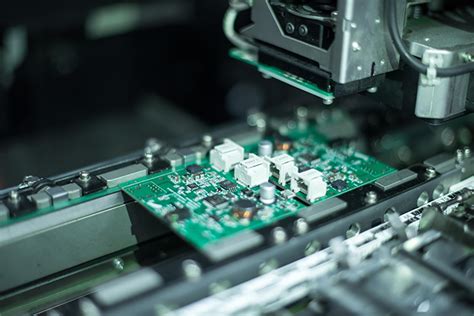
Best Practices for Optimizing PCB Fabrication
To ensure effective PCB fabrication and PCBA, manufacturers must adopt a series of best practices that streamline processes and enhance overall productivity. First and foremost, implementing design for manufacturability (DFM) principles is essential. By collaborating closely with engineering teams during the design phase, potential complications can be identified early, reducing the risk of costly changes during production. Similarly, employing advanced simulation tools can help visualize potential design flaws before physical prototypes are produced, ultimately saving both time and resources.
Another critical aspect is investing in high-quality materials and components. Utilizing premium substrates not only improves the reliability of the final product but also allows for greater flexibility in design choices, particularly when creating complex circuits. Moreover, automating processes in PCB assembly can significantly enhance efficiency; incorporating pick-and-place machines and reflow ovens minimizes human error while enabling faster production rates.
Continuously monitoring key performance indicators (KPIs) during both fabrication and assembly processes plays a vital role in identifying areas for improvement. Keeping track of metrics such as yield rates, defect ratios, and turnaround times helps manufacturers to fine-tune their operations. Furthermore, fostering a culture of continuous improvement through regular training sessions for staff ensures that teams are well-versed in the latest techniques and technologies within the industry.
These strategies collectively contribute to optimizing PCB fabrication while ensuring high-quality outcomes within compressed timelines, ultimately benefiting manufacturers striving to stay competitive in today’s fast-paced market.
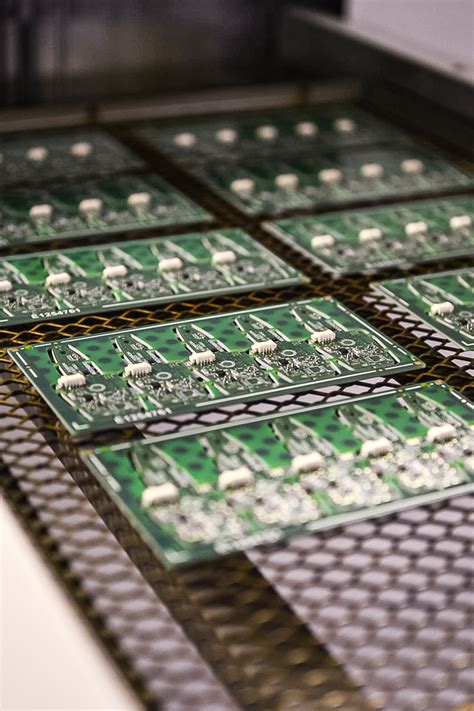
Innovative Technologies Transforming PCB Assembly
In the rapidly evolving world of electronics, pcb assembly processes are undergoing significant transformations driven by innovative technologies. One of the most promising advancements is the integration of automation and robotics, which enhances precision and speed in PCBA operations. By utilizing robotic arms for assembly tasks, manufacturers can achieve higher accuracy and consistency compared to manual processes. Additionally, sophisticated software tools that employ artificial intelligence (AI) facilitate real-time monitoring and optimization of production lines, enabling quicker responses to any discrepancies or delays. Furthermore, advanced pcb assembly technologies like 3D printing are beginning to streamline the prototyping phase, allowing for rapid iterations without the prolonged timelines traditionally associated with custom component production. Leveraging these innovative technologies not only simplifies complex assembly processes but also contributes to significant cost reductions and improved product quality. As these tools continue to evolve, they promise to reshape the landscape of pcba, paving the way for more efficient practices in the industry.
Enhancing Workflow Efficiency in PCB Manufacturing
In the rapidly evolving landscape of PCB manufacturing, enhancing workflow efficiency is paramount for achieving competitive advantages and meeting customer demands. A key strategy involves integrating automated systems that facilitate smoother transitions between pcb fab and assembly stages. By employing technologies like pick-and-place machines and automated optical inspection, manufacturers can significantly reduce manual labor while increasing precision in pcb assembly. Additionally, implementing robust project management tools assists teams in tracking progress and identifying bottlenecks early, allowing for swift corrective actions. Prioritizing streamlined communication channels among departments fosters collaboration, ensuring that all stakeholders are aligned with production goals. Moreover, the adoption of lean manufacturing principles can help eliminate wasteful practices and optimize resource allocation. Collectively, these enhancements contribute not only to more efficient pcba processes but also to shortened production timelines, ultimately driving higher throughput without compromising quality. By continually assessing and refining these workflows, manufacturers can position themselves to adapt to market shifts and sustain growth in a competitive environment.
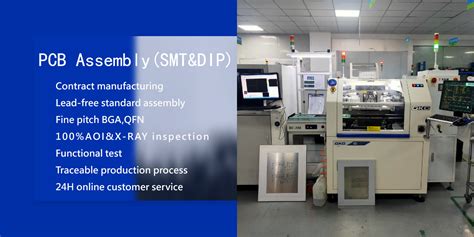
Case Studies: Successful PCB Production Optimization
In the realm of PCB fab and assembly, several manufacturers have successfully implemented innovative strategies that significantly optimized their production processes. For instance, Company A adopted a modular approach to its pcba line, allowing for greater flexibility in assembly. This method facilitated quick adjustments to production runs, accommodating varying order sizes without downtime. Following the implementation of advanced automated optical inspection (AOI) systems, Company B reported a 30% reduction in defects related to pcb assembly processes. These systems not only enhanced quality control but also sped up the inspection phase, contributing to an overall decrease in production timelines.
Furthermore, Company C embraced lean manufacturing principles, streamlining its workflow and minimizing waste in pcb fabrication. By mapping out each step of their production process and identifying non-value-adding activities, they achieved a remarkable improvement in cycle times. Their case exemplifies how industry best practices can lead to comprehensive gains in efficiency across multiple stages of pcba.
"The pursuit of efficiency is not just about cutting costs but about maximizing value at every step."
This perspective highlights the overarching goal in these case studies: creating sustainable production practices that resonate with modern market demands. The successes shared by these companies underscore a collective potential within the industry for ongoing improvements that align with emerging technologies and methodologies.
Future Trends in PCB Fab and Assembly
As the electronics industry continues to evolve, the pcb fab and assembly landscape is poised for significant transformation. One of the most prominent trends is the integration of smart manufacturing techniques, which utilize data analytics and automation to enhance decision-making processes in pcb assembly. The application of Artificial Intelligence (AI) and Machine Learning (ML) technologies will streamline operations, enabling manufacturers to predict defects and optimize workflows efficiently. Furthermore, advancements in pcba technologies are driving a shift toward miniaturization and increased functionality within smaller footprints. This shift not only accelerates production but also enhances product performance. The ongoing development of additive manufacturing methods, such as 3D printing for circuit boards, is expected to revolutionize prototyping and low-volume production runs by allowing for rapid iterations with reduced costs. Additionally, sustainability is becoming a focal point; manufacturers are exploring eco-friendly materials and processes that minimize waste during pcb fabrication and assembly. As these trends continue to shape the industry, staying abreast of these changes will be essential for companies aiming to remain competitive in the dynamic landscape of electronic manufacturing.
Conclusion and Recommendations for Manufacturers
In the evolving landscape of PCB fabrication and assembly, manufacturers must adopt proactive measures to enhance their operational efficiency. It is crucial to recognize that integrating modern pcba technologies can significantly optimize the production timeline while maintaining high-quality standards. By investing in automation tools and advanced equipment, companies can dramatically reduce manual errors, which often lead to costly revisions. Additionally, fostering a culture of continuous improvement and collaboration among cross-functional teams can facilitate smoother workflows in pcb assembly processes. Emphasizing the significance of real-time data analytics allows manufacturers to identify potential bottlenecks early in the production cycle, enabling timely interventions that preserve efficiency. As we look forward, aligning manufacturing practices with sustainable strategies will not only bolster production capabilities but also meet the growing demand for environmentally friendly electronics. Hence, manufacturers are encouraged to remain adaptable, leverage innovative solutions, and prioritize operational excellence to thrive in the competitive arena of pcb assembly and fabrication.
Conclusion and Recommendations for Manufacturers
In conclusion, the optimization of PCB fabrication and assembly processes is vital for manufacturers aiming to enhance efficiency and reduce production timelines. By implementing best practices such as rigorous quality control, effective communication between teams, and ongoing training for personnel, companies can significantly improve their pcba outcomes. Embracing innovative technologies, like automation and real-time data analytics, helps streamline PCB assembly, allowing greater flexibility in managing production schedules and inventory levels. Moreover, investing in advanced machinery not only increases the speed of production but also ensures higher precision—key factors in today’s competitive landscape. As we look ahead, it’s essential for manufacturers to remain adaptable and open to emerging trends that influence the pcb assembly industry. By doing so, they position themselves to respond proactively to market demands while continuously striving for excellence in their production processes.
FAQs
What is PCB assembly and why is it important?
PCB assembly (or PCBA) is the process of mounting electronic components onto a PCB. It is crucial because it determines the functionality and reliability of electronic devices.
What are the common challenges faced in PCB assembly?
Challenges can include issues such as component placement accuracy, thermal management, and maintaining quality control throughout the production process.
How can best practices improve PCB fabrication?
Implementing best practices, such as utilizing automated assembly techniques, helps in minimizing errors and ensuring consistent quality in PCB fabrication.
What innovative technologies are impacting the PCB manufacturing sector?
Technologies like robotic automation, machine learning algorithms, and advanced inspection systems are revolutionizing PCB assembly, enhancing precision and reducing production times.
How does workflow efficiency affect PCBA processes?
Improving workflow efficiency streamlines production by reducing bottlenecks, decreasing lead times, and enhancing overall productivity in PCB assembly operations.
Are there specific metrics to track during PCB production?
Yes, key metrics include yield rates, cycle times, defect rates, and overall equipment effectiveness (OEE), which are vital for assessing performance in PCBA processes.




